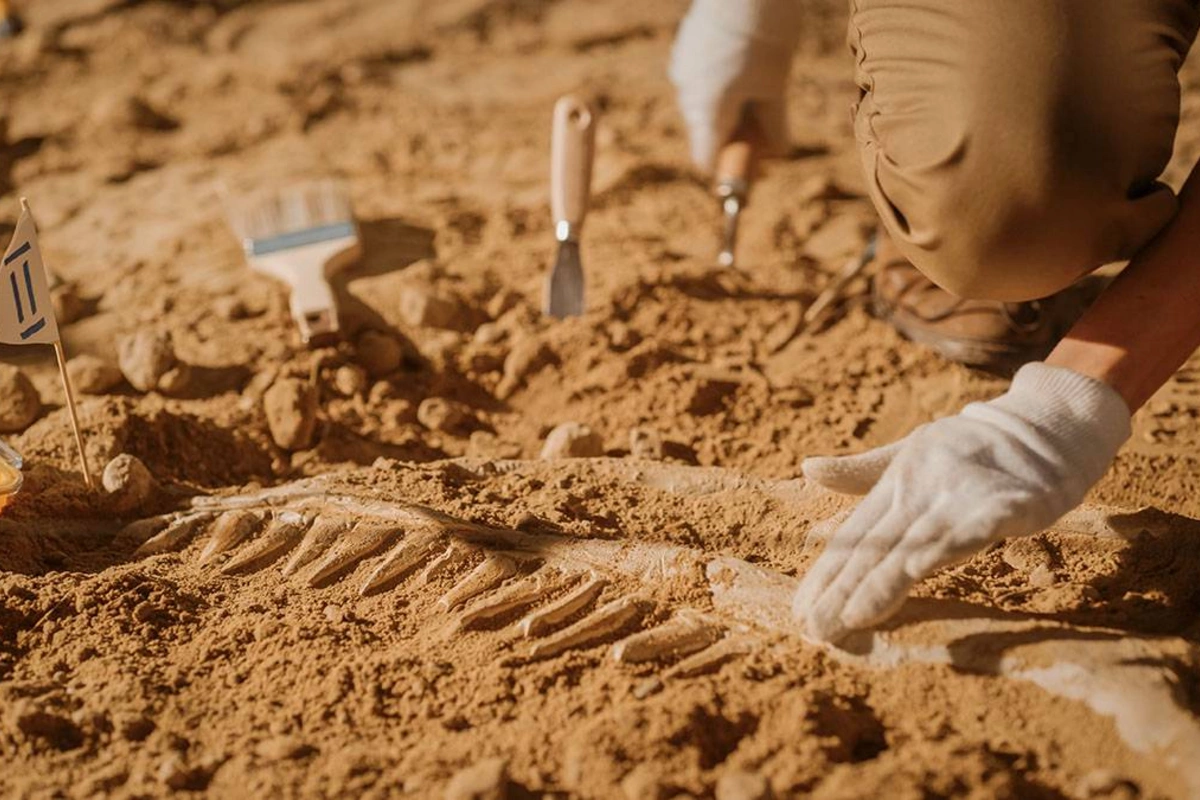Geologists encountered an unknown life form

An international group of geologists led by Professor Cees Passchier from Johannes Gutenberg University has discovered unusual structures in the rocks of Namibia that may belong to a form of life unknown to science.
The results of the study, published in Geomicrobiology Journal, indicate traces of ancient biological activity from previously undocumented organisms. Similar structures were found not only in Namibia but also in Oman and Saudi Arabia.
The mysterious formations are miniature tubes about half a millimeter wide and up to three centimeters long. They are arranged parallel to each other and stretch along the rocks in strips up to ten meters long. The orderliness of the structures and the presence of biological material inside indicate their organic origin.
"We were very surprised, as these microtunnels cannot be explained by ordinary geological processes," notes Professor Passchier. "When analyzing rock samples, we found remains of biological material. However, we still cannot determine whether this organism still exists or belongs to an extinct species."
Scientists suggest that the formation of these structures occurred during a period when the climate in the studied regions was significantly more humid than it is today. According to one theory, the microtunnels could have been created by unknown microorganisms that used calcium carbonate from marble and limestone as food. The fine dust residue of calcium carbonate discovered by researchers supports the hypothesis that microorganisms extracted nutrients from the rocks for their metabolism.
Similar News
Identified: 4 Simple Habits That Rejuvenate the Brain by 8 Years
About premature brain aging, people talk a lot nowadays. It is linked to the development of neurodegenerative diseases. And, naturally, many want to make their...




 Azərbaycanca
Azərbaycanca  По-русски
По-русски  English
English 






